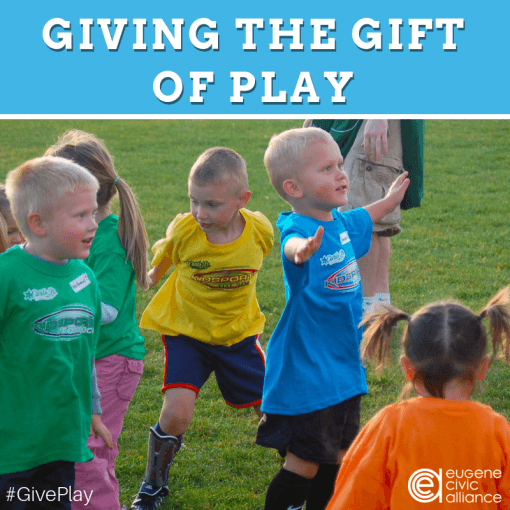Veterans Plant Trees Along Willamette River Supporting Urban Forest Goals
On November 11, 2025 volunteers, including Navy veteran Brandon Fitzpatrick, planted native trees and shrubs along the west bank of the Willamette River in north Eugene as part of an annual restoration event that also honors veterans. The work advances city tree planting targets under the Urban Forest Action Plan while highlighting how volunteer labor and seasonal timing affect plant survival and long term maintenance.

Volunteers gathered on the west bank of the Willamette River in north Eugene on November 11, 2025 to place native saplings and shrubs into newly prepared planting sites. The event, held each year to coincide with Veterans Day, drew residents and veterans who spent the morning learning and applying hands on restoration techniques intended to increase young plants survival and stabilize the riparian corridor.
Participants followed a series of specific planting steps. Volunteers set roots at proper depth, sculpted a low berm around each planting to direct surface water toward the root zone, and added biochar to the soil to help retain moisture and nutrients. Organizers explained that planting in early November takes advantage of fall rains and milder temperatures to reduce transplant shock and improve establishment rates for young trees and shrubs.
Among the volunteers was Navy veteran Brandon Fitzpatrick. Fitzpatrick served in the Navy and now works as a groundskeeper for the 4J School District. His participation exemplified the event dual purpose, combining habitat restoration with a community service opportunity that organizers said offers veterans and other volunteers a meaningful way to give back.
The planting supports the City of Eugene Urban Forest Action Plan and contributes toward municipal tree planting goals. That connection places the work in a broader policy context. Implementation of urban forest targets requires more than single day events. Successful planting must be paired with long term care, monitoring and funding to ensure that saplings become mature canopy. Relying heavily on volunteer labor can accelerate short term progress, but it also raises questions about sustained institutional capacity and budgetary commitment for maintenance.
For Lane County residents the immediate benefits include bolstered riparian vegetation, which can improve bank stability and habitat continuity along the river. Over time expanded tree cover can contribute to local climate resilience and urban heat moderation. The timing and techniques used by volunteers aim to increase the likelihood that these benefits are realized rather than lost to poor establishment.
The event also underscores civic engagement in environmental stewardship, showing how local residents and veterans can work alongside municipal plans. Moving forward, the measurable impact of such efforts will depend on how city agencies, school districts and community groups coordinate planting schedules, share maintenance responsibilities and track survival rates. Those institutional decisions will determine whether these annual plantings translate into lasting gains for the urban forest and for neighborhoods along the Willamette.


